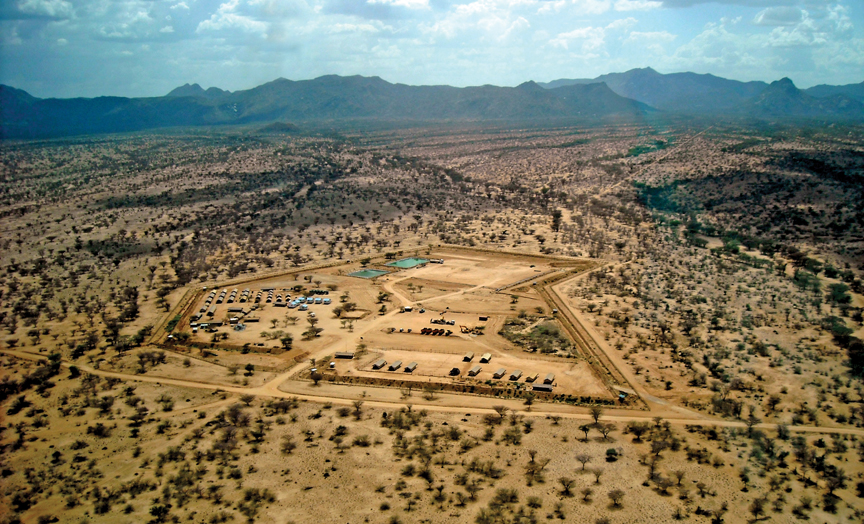BBC NEWS AT BBC.CO.UK/NEWS
A huge water source has been discovered in the arid Turkana region of northern Kenya, which could supply the country for 70 years, the government says.
The discovery of two aquifers brings hope to the drought-hit region, tweeted Environment Minister Judi Wakhungu. Satellites and radar detected them in the Turkana Basin and Lotikipi Basin. Test drilling confirmed there was water underground. Another aquifer recently was found in Namibia, Sub-Saharan Africa’s driest country.
Turkana is one of the hottest, driest and poorest parts of Kenya. It was hit by a devastating drought in 2012. Many of the region’s inhabitants are nomadic herders, who are especially vulnerable to a lack of rain.
The aquifers are said to hold 250 billion cubic meters of water. Kenya uses about 3 billion cubic meters a year. Huge oil deposits also have recently been discovered in Turkana.
When water falls as rain or snow, much of it either flows into rivers or is used to irrigate plants and crops. What is left over trickles down to layers of rock beneath the soil. And just like a giant sponge, this groundwater is held in spaces between the rocks and in the tiny interconnected spaces between individual grains in sandstone.
These bodies of wet rock are referred to as aquifers. Groundwater does not sit still in the aquifer but is pushed and pulled by gravity and the weight of water above it. The movement of the water through the aquifer removes many impurities. It is often cleaner than water on the surface. The discovery is particularly important since about 17 million of Kenya’s 41 million people lack access to safe water.

